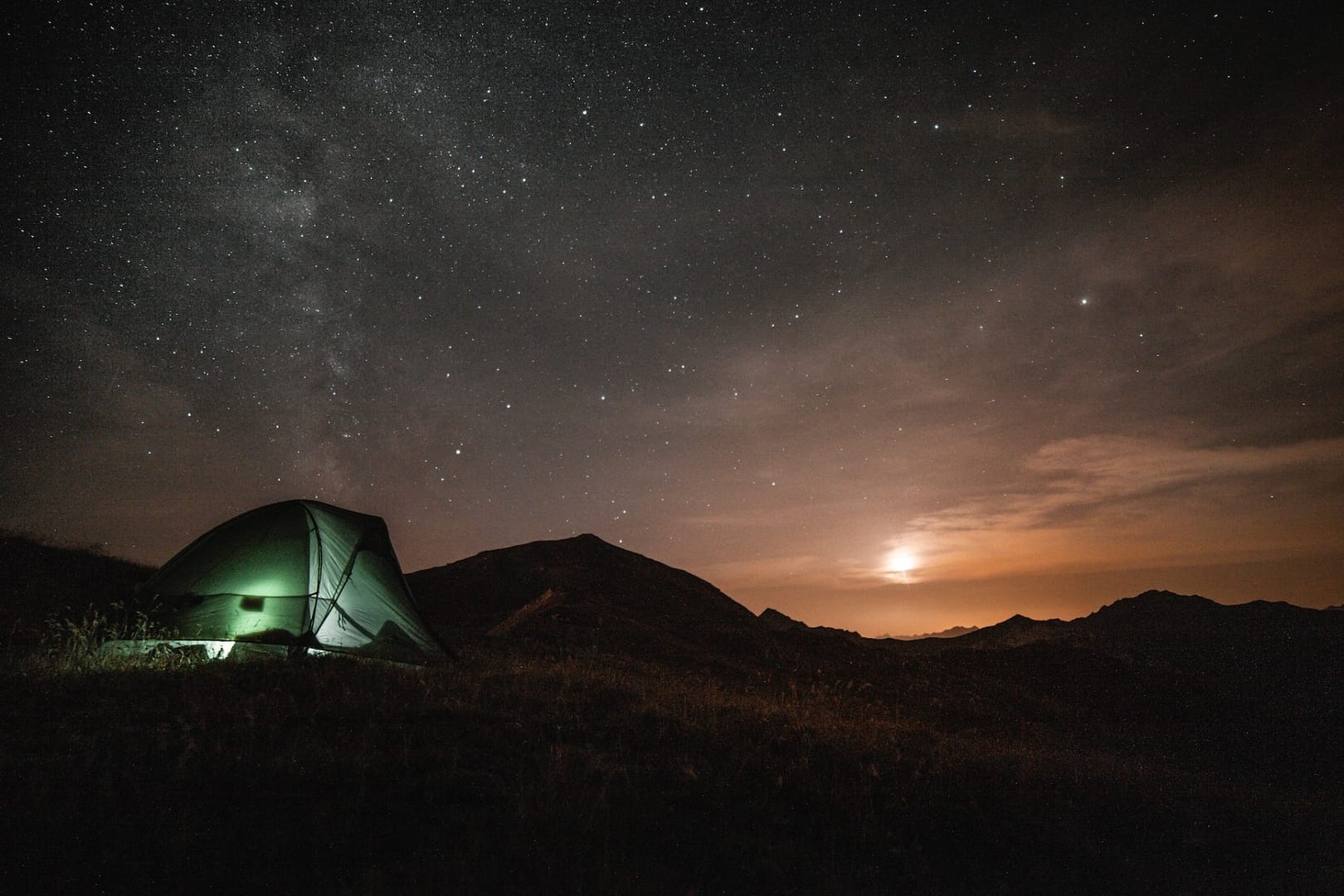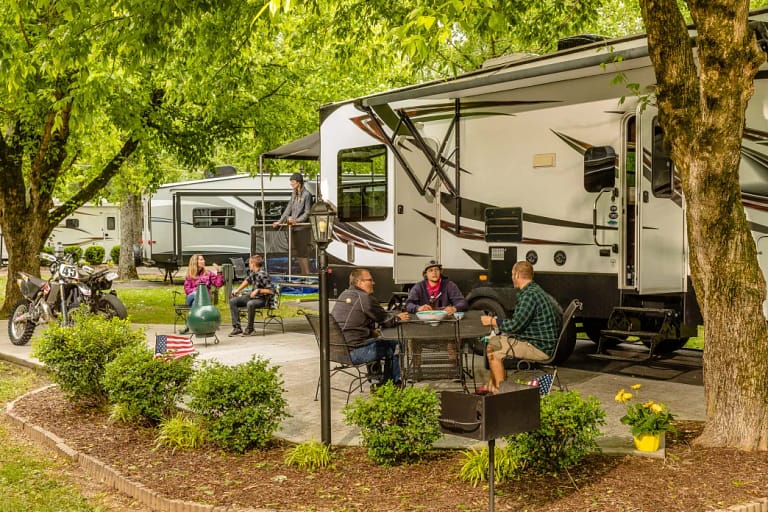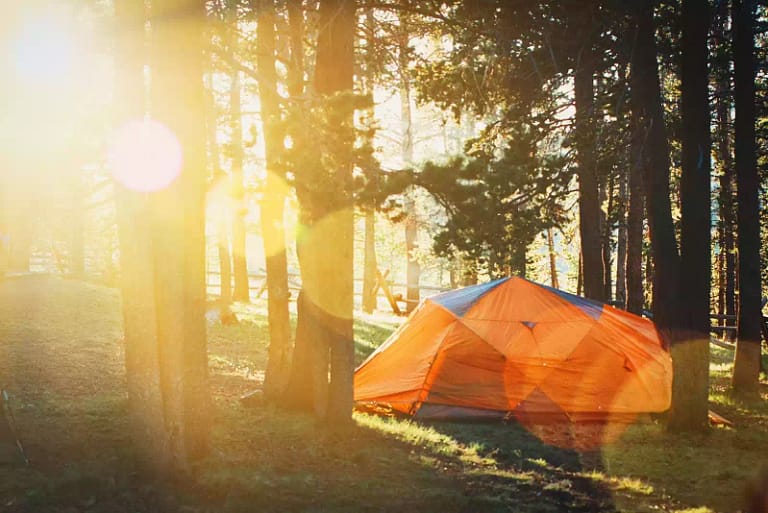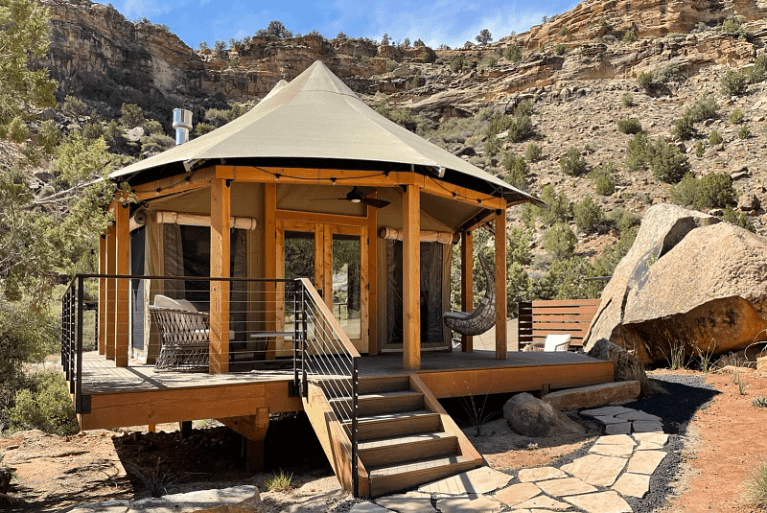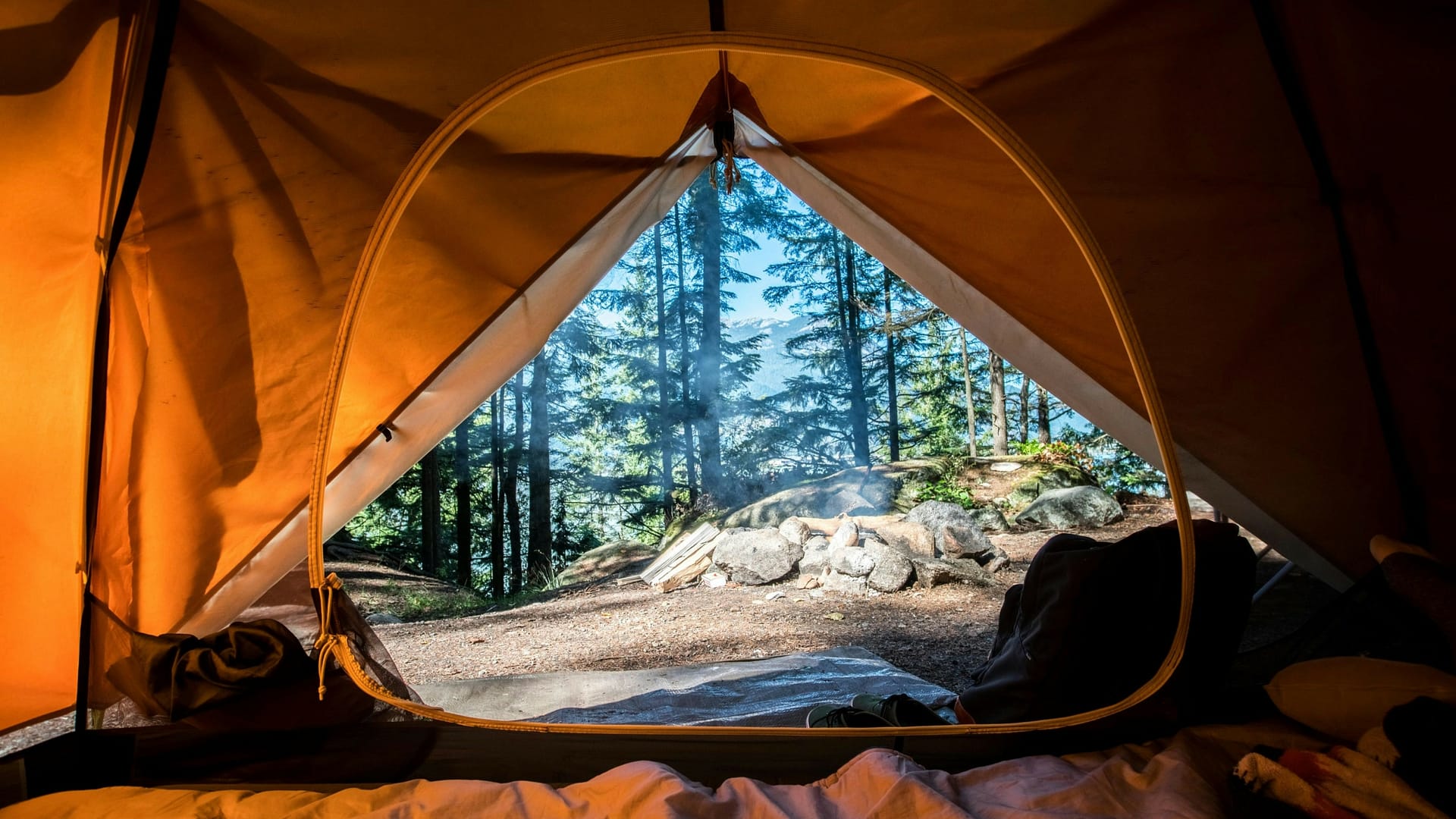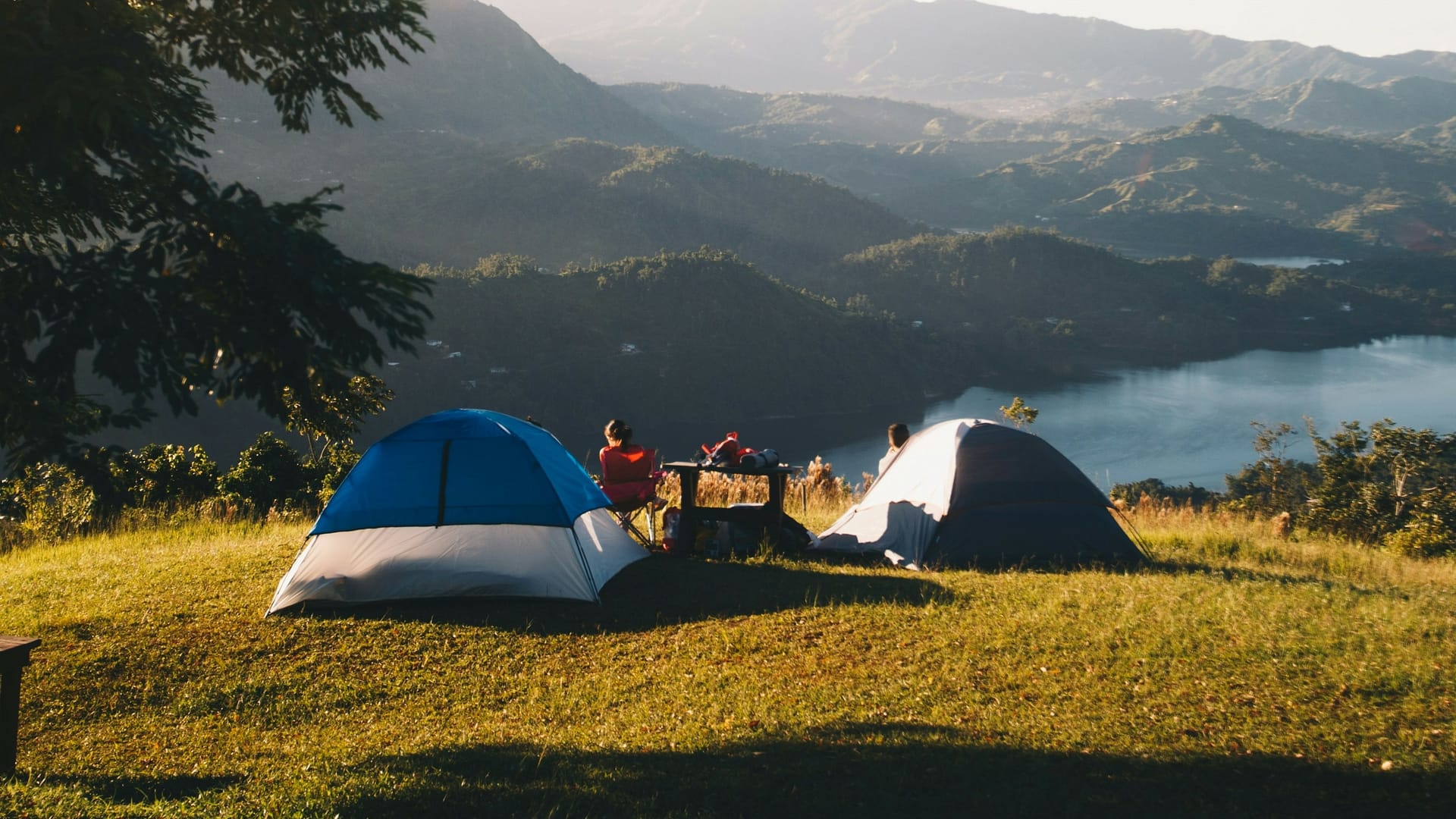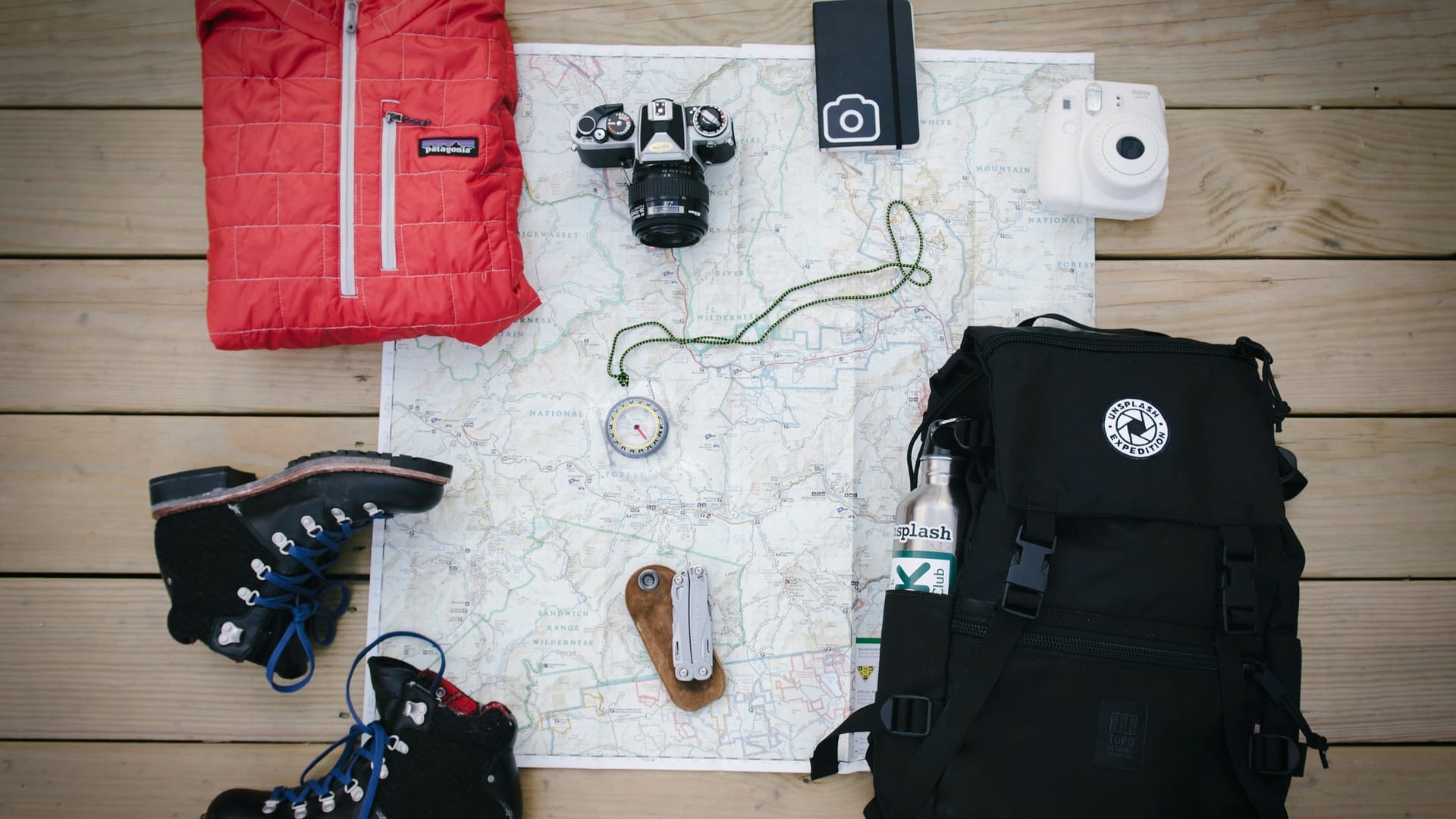Greetings, intrepid explorers! Welcome to a new frontier of travel planning that melds the joy of outdoor living with the awe-inspiring vistas of the night sky. Astro-tourism, the emerging trend that combines stargazing with travel, is rapidly gaining popularity among travelers. This blog post is the first in a series of three, where we’ll delve deep into planning the perfect astro-tourism trip for outdoor enthusiasts like you—RVers, campers, and glampers alike.
What is Astro-Tourism?
Astro-tourism is all about embracing the wonders of the universe from our earthly vantage points. It involves traveling to destinations with minimal light pollution, enabling us to enjoy the cosmos’ majesty in all its glory. From watching meteor showers, tracking constellations, witnessing the Northern or Southern lights, getting in position for that rare solar eclipse, to capturing breathtaking shots of the Milky Way, astro-tourism brings the infinite expanse of space within our reach.
Why Astro-Tourism?
Astro-tourism is a unique intersection of astronomy and travel. It provides an opportunity to step away from the bright city lights and immerse oneself in the tranquility and beauty of the night sky. It is educational, inspiring, and deeply humbling—reminding us of our place in the universe.
For the outdoor traveler, it adds an extra layer of excitement to the adventure. Imagine camping under a blanket of stars, glamping with the perfect view of a not-too-distant meteor shower, or parking your RV in a locale where the Northern Lights dance overhead. Sounds like a dream, right? Well, it’s time to turn that dream into reality!
Getting Started with Astro-Tourism
Before we dive in, let’s answer the question, “What on Earth is Astro-Tourism?” Well, it’s like regular tourism, but instead of marveling at earthly wonders, we’ll be ogling otherworldly wonders—literally.
But don’t worry, becoming an astro-tourist doesn’t require a PhD in Astrophysics or a personal friendship with Neil deGrasse Tyson (although that would be cool!). All you need is a little know-how, a sprinkle of curiosity, and a dash of patience. There are a plethora of apps and online resources to help you recognize constellations, track celestial bodies, and decode the mysteries of the cosmos. There are many online resources and smartphone apps available to help you get started – our two favorites are Stellarium and Star Walk with their easy to learn interface and unmatched ability to identify stars, constellations, planets, comets, satellites (such as the ISS), and other deep sky objects in real-time.
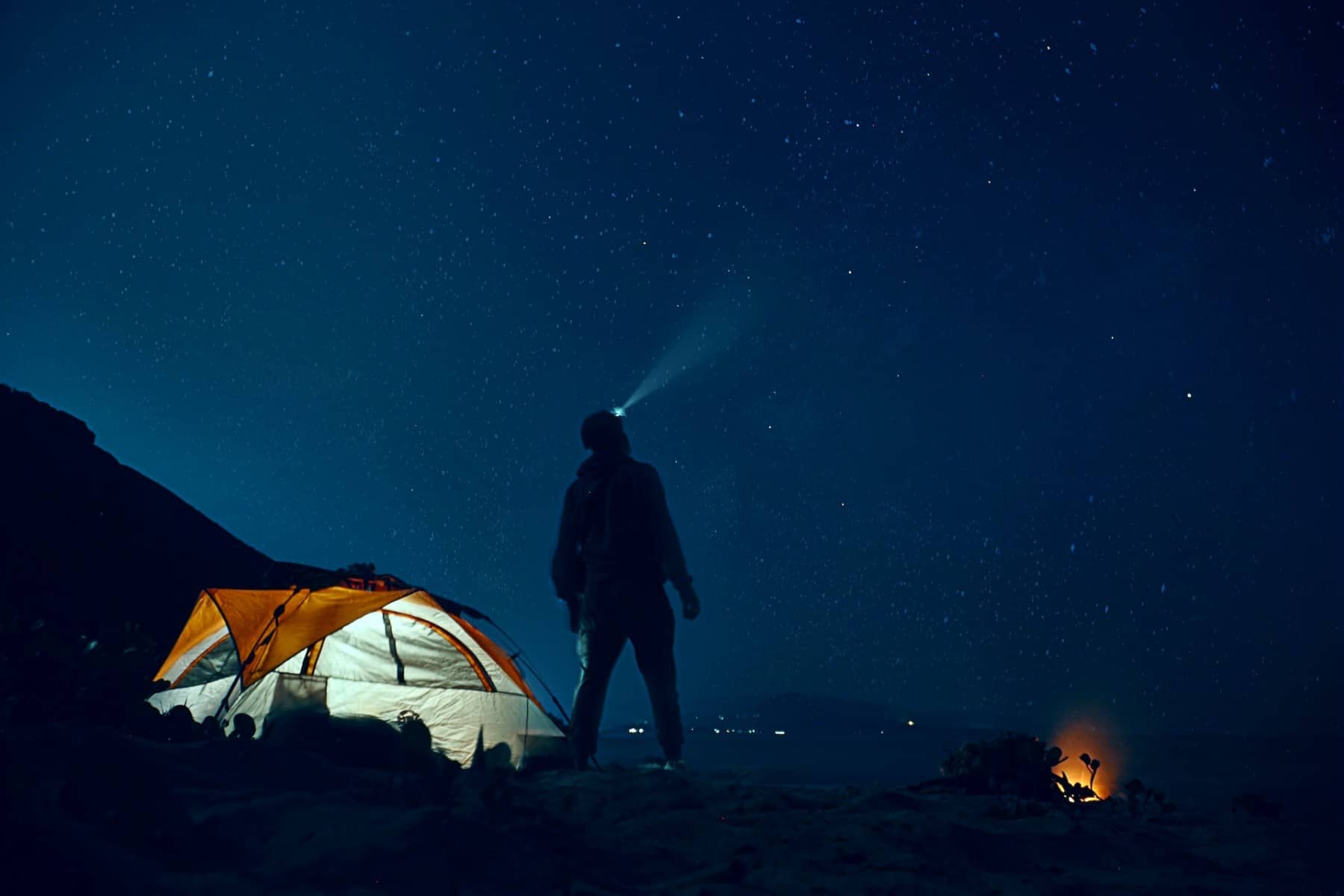
Gear Up for the Stars: Essential Equipment for Astro-Tourism
Next up, let’s talk about the right tools for the trade. To gaze at the stars, you’ll need more than just a keen eye. Here are some of the Astro-Tourism essentials that will transform your stargazing dreams into reality:
- Celestron 21024 FirstScope Telescope: This compact and easy-to-use telescope is perfect for beginners, fitting comfortably in your RV or tent. The FirstScope allows you to take a closer look at the moon and other astronomical wonders. Purchase here.
- Nikon 7573 PROSTAFF 5 12X50 Binoculars: If you prefer a broader view of the sky, these binoculars are your go-to. They’re sturdy, waterproof, and provide excellent clarity, even under low light. Purchase here.
- Planisphere: A planisphere, or a rotating star chart, lets you identify visible stars and constellations based on the date and time. An excellent backup for when your phone’s battery is depleted. Purchase here.
The key here isn’t having the priciest gear—it’s about effectively using what’s at your disposal.
Plan Around Celestial Events
Now, it’s all about timing. Like a cosmic calendar of events, the celestial world has its own schedule. Meteor showers, lunar eclipses, and other astral phenomena can elevate a typical camping adventure into an extraordinary cosmic spectacle.
For example, the Perseid meteor shower, peaking around mid-August, is a must-see event known for producing up to 60 shooting stars per hour! Or how about the Total Lunar Eclipse happening in May next year, visible in many parts of the United States? For something a bit different, consider aligning your trip with the annual conjunction of Venus and Jupiter, which creates a striking “double star” effect in the night sky.
To stay updated on these heavenly happenings, consult websites like NASA’s Sky Events Calendar when planning your trip.
Prime Star-Gazing Spots: Best U.S. Locations for Astro-Tourism
Lastly, let’s zone in on location. The right spot can make the difference between spotting the Big Dipper or just big disappointments. Your aim should be to find campsites nestled away from light pollution, offering an uninterrupted view of the cosmic canvas above. National Parks and International Dark Sky Places are your best bets.
Here are four star-studded locations in the US that are sure to take your Astro-Tourism adventure to new heights:
- Cherry Springs State Park, Pennsylvania: Known as one of the best stargazing spots on the East Coast, this Dark Sky Park offers some of the starriest skies you’ll ever see. On a clear night, you can even catch a glimpse of the Milky Way with your bare eyes.
- Joshua Tree National Park, California: With its low light pollution and high desert skies, Joshua Tree is an astro-tourist’s dream come true. The striking desert landscape under the stars is a sight to behold.
- Mauna Kea, Hawaii: Home to some of the world’s most advanced astronomical observatories, the summit of Mauna Kea offers breathtaking views of the heavens. Just remember, the altitude and weather conditions here can be challenging.
- Natural Bridges National Monument, Utah: This was the first International Dark Sky Park in the world, and it’s not hard to see why. The park’s natural rock bridges create a unique and stunning foreground to the sparkling night sky.
That’s it for part one of our astro-tourism guide. So, my fellow stargazers, it’s time to load up your gear, power up the RV, and map out a journey to the stars. Because when it comes to Astro-Tourism, the sky isn’t just the limit—it’s the beginning. Let these celestial trails lead you to an adventure that’s truly out of this world. Keep looking up, because the cosmos is calling!

